- Dapatkan link
- X
- Aplikasi Lainnya
Gordon Wagener has an obsession with speed.
The veteran auto designer was standing next to a rendering of the upcoming Mercedes-Benz Places towers in downtown Miami, carefully retracing the lines of the balconies that swirled around the altitudinous structure.
“You can observe the velocity...it’s akin to a car bumper,” stated Wagener, the chief design officer at Mercedes-Benz. “The movement of these lines wraps around the structure...enhancing its dynamism. The use of geometry remains eternal.”
As the German carmaker broadens its offerings to include high-end property, Wagener’s credentials are expanding as well: from sedans and sport utility vehicles to speedboats, the prolific designer is now tasked with bringing the company's aesthetic "vocabulary" to residential spaces housing numerous inhabitants. This progression aligns naturally with the brand’s direction, according to Wagener, who mentioned that Mercedes aims to create an “ecosystem” for their clientele.
MORE: Meet your new virtual assistant: The AI in your carIt isn’t just one: rivals like Porsche, Bentley, and Aston Martin have similarly teamed up with designers to construct their own signature housing projects in the Miami region. Automakers are taking this risk in hopes of drawing in fresh clientele.
Recently, Wagener talked with ABC News regarding the initiative in Miami, discussing how cars are evolving into "smart homes," and speculating that his replacement might end up being a robot.
The interview beneath has been refined for lucidity.
Sure! As you lead the development of Mercedes-Benz Places — set to open in Dubai and Miami — discuss the car-inspired elements featured in the recently revealed design for the Miami site.
A: Dubai was very automotive, very full of speed. The Miami building has speed too but in a different way. You see the speed in the balconies, going around and around, it's kind of endless. The movement doesn't stop. The building is also silver, so it's very Mercedes. The balconies are like an automobile fender.
Mercedes-Benz Places is enhancing our brand and design. How do we integrate our aesthetic into architectural spaces? Our vision is to create an ecosystem where cars and homes coexist seamlessly.
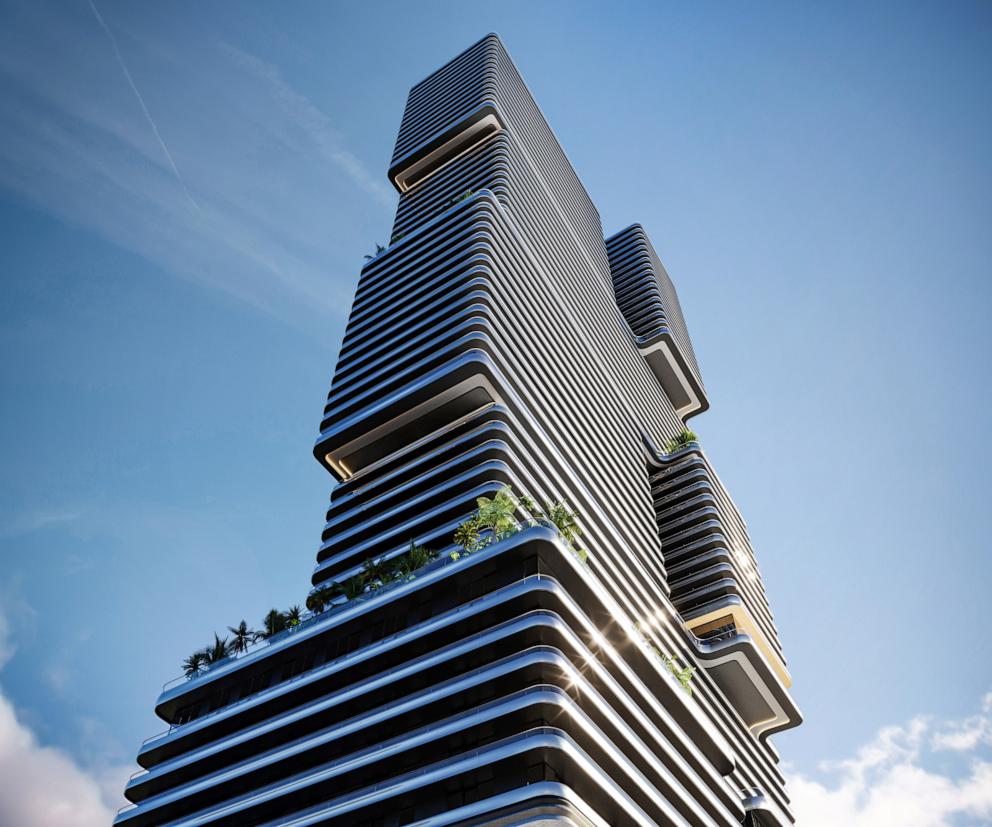
Q: Could this idea succeed in Europe? Would a Mercedes-Benz-branded building spark similar interest in Germany?
A: It's easier to do this in the U.S. or Middle East or Asia. Stuff like that in Europe is very difficult. You have regulations, you need investors. It would be very hard to do this in Europe.
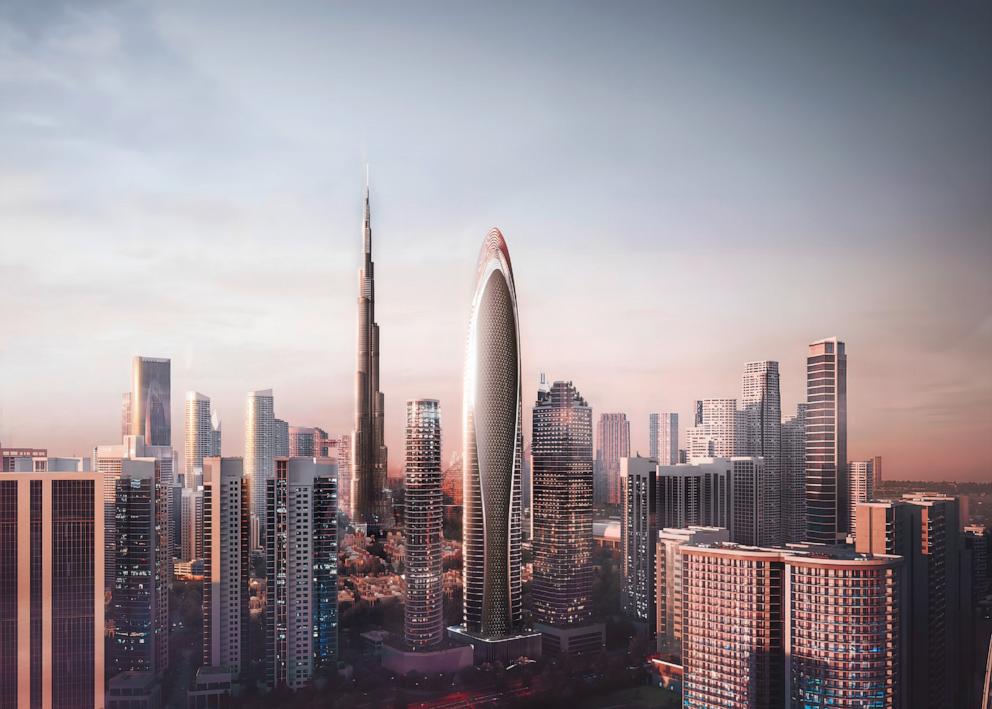
I need to inquire about autonomous driving. The company is promoting greater interaction between vehicle owners and their cars through voice commands. Do you think we will witness a Mercedes model that doesn’t include a gear shift or a steering wheel?
A: Probably at one point but I don't see it in the near future. We will always have a steering wheel ... at least in the foreseeable future. With increasing autonomy, the car becomes more of a living space. The car of the future is not a smartphone on wheels, it's going to be a "smart home" on wheels.
Autonomous driving is so expensive and so hard to make it a business, it's such an effort from the technological side. And it's still like science fiction.
A: Personalization has turned into a thriving market for car manufacturers. Has Mercedes-Benz drawn the line at anything when it comes to fulfilling customers' desires? Are there any extreme customization demands they entertain?
A: The company's new personalized initiative, Manufaktur, presents a significant opportunity. Customization plays an essential role in defining luxury, as mentioned; numerous clients prefer having exclusive items. This sector is expanding, which led us to invest in Manufaktur.
I haven't noticed anything without flavor [chuckles]. We consistently make sure it remains tasteful.
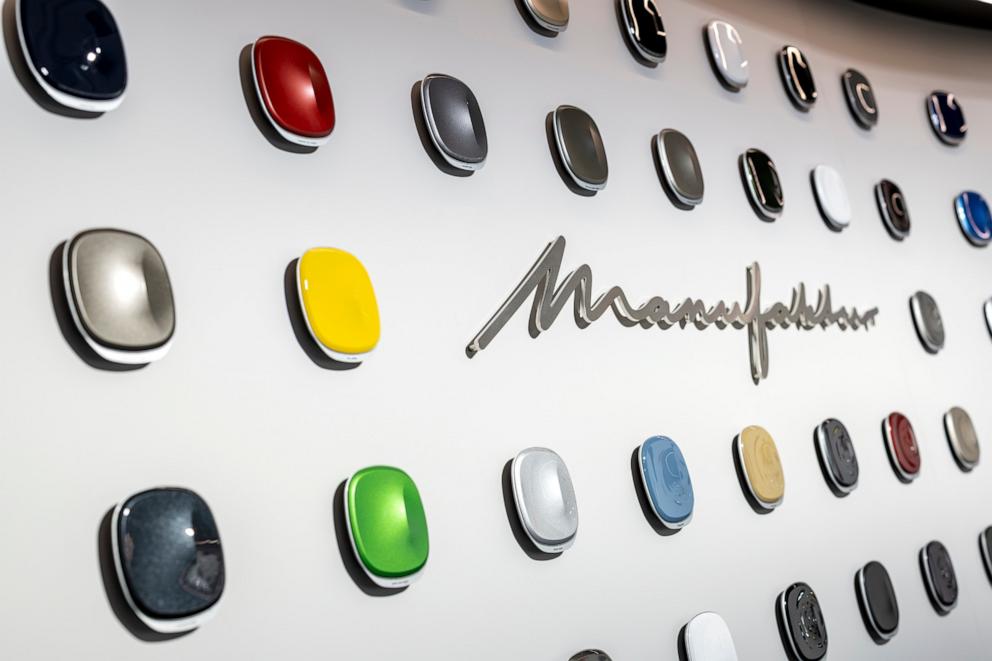
Are clients attempting to meet with you to discuss designs?
A: I can't spare any time for this [chuckles].
A: I'm curious about the large curved displays featured in models such as the EQS. These seem to be turning into a distinctive design element for the brand. What kind of feedback have customers provided regarding this feature?
A: Currently, not every car has the hyperscreen; only some do. The hardware aspect is quite impressive. However, from a software perspective, it hasn’t been as successful. This is because with such a large display, high-quality content becomes essential. Therefore, our focus is on developing engaging and tailored content for these screens.
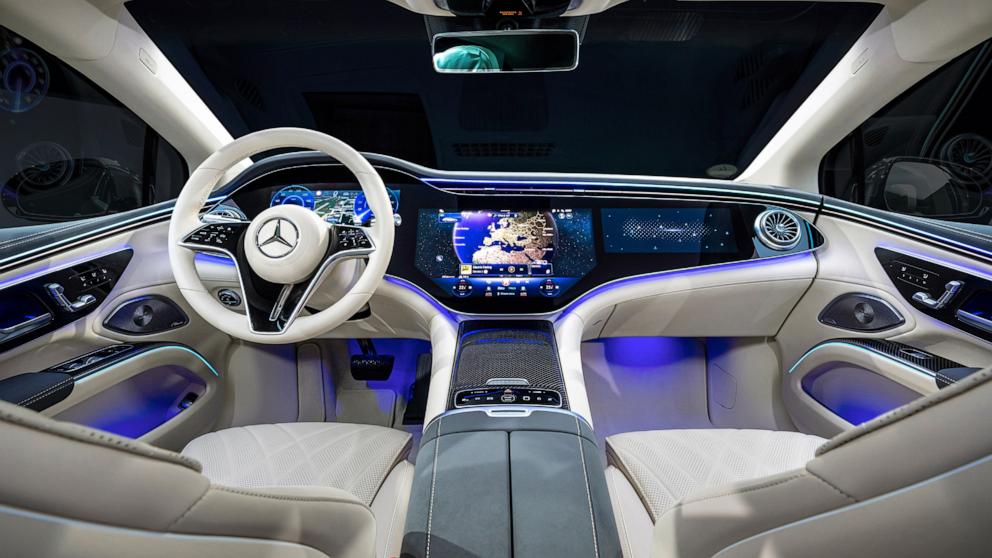
Screens aren’t considered luxuries anymore. After all, you’ve got a superior – and larger – television at your place, haven’t you? Plus, every automobile comes equipped with a substantial display. Therefore, we must focus on crafting luxury beyond just the screens. This is why I emphasize aspects like craftsmanship and refinement. We’re constantly striving to enhance our Mercedes vehicles even further.
A: Some individuals have criticized the brand’s electric vehicles, describing their styling as bulbous and reminiscent of jelly beans. How do you address these comments? Additionally, will upcoming Mercedes-Benz EVs bear similarities to the company’s conventional Internal Combustion Engine (ICE) models like the electric G580?
A: The EQS sedan has a design that is intentional and highly advanced — possibly looking about a decade ahead of its time. It wasn’t created to resemble an S-Class or serve as a chauffeur vehicle.

We have an S-Class and we wanted to do something different. So it's a completely different type of car actually. I think the shape is super progressive and very aerodynamic, which is important for an EV but also we took that aero look and made it futuristic. Does a normal Mercedes S-Class customer like it? Probably not. That person wants something more conventional. We wanted to target other customers [with the EQS].
One problem with EVs is customer perception. The customer sees it like an electronic device. Combustion cars are still being perceived like a Chrono watch -- much more long-lasting.

Q: How important is AI for your designers?
A: Nowadays, our collaboration involves AI. The majority—about 99%—of what comes through AI tends to be less valuable along with being abundant. This poses the main challenge—to distinguish between worthwhile content and irrelevant material. However, within this vast input lies a small percentage deemed useful, which contributes positively as we continue to learn. Each passing day sees improvement in these systems.
Artificial intelligence will significantly alter how we approach design. In about ten years, perhaps the majority of designing tasks will be handled by AI systems, potentially rendering human designers unnecessary. The role that follows me could very well be automated, costing considerably less than what I earn now [chuckles].
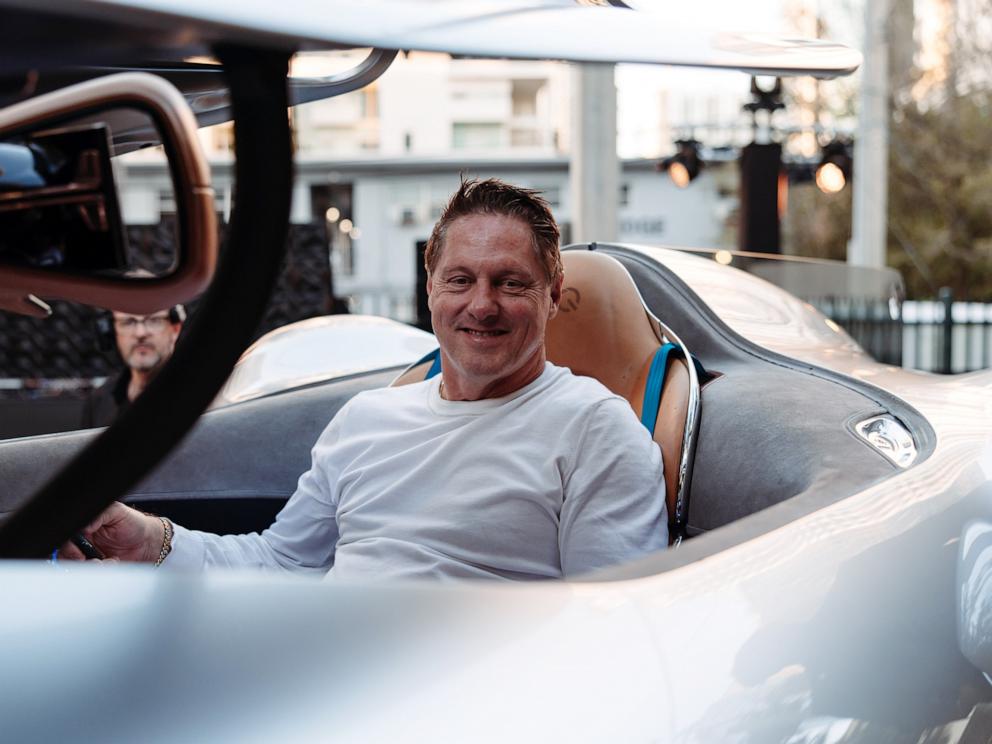
A: You have worked on designing sedans, SUVs, sports cars, cigarette boats, accessories, and even buildings. What will be your next undertaking?
A: Excellent point. No clue. I've created just about anything you can think of.
Komentar
Posting Komentar